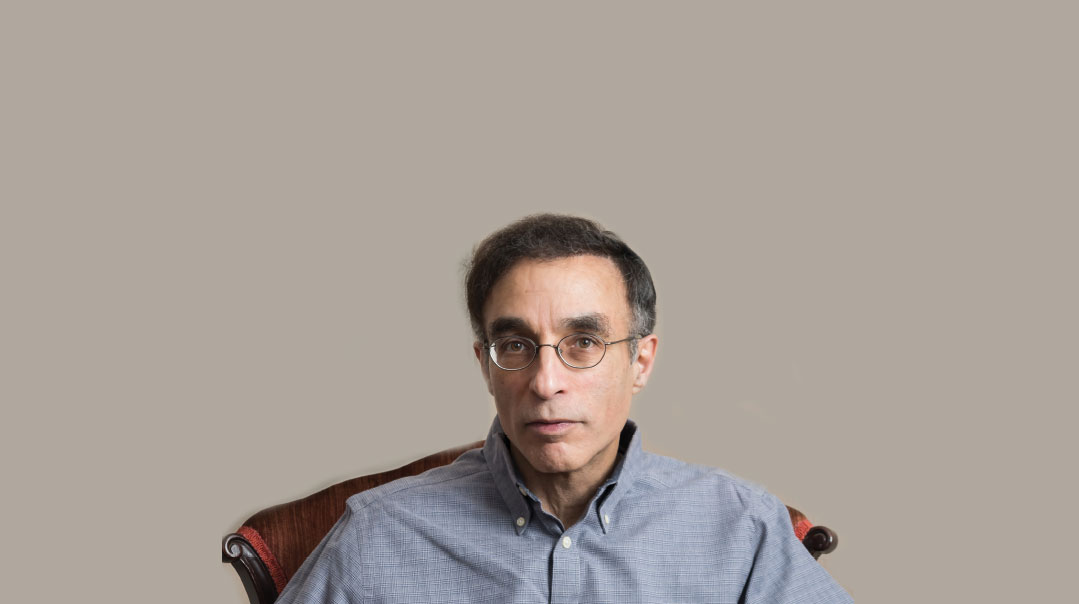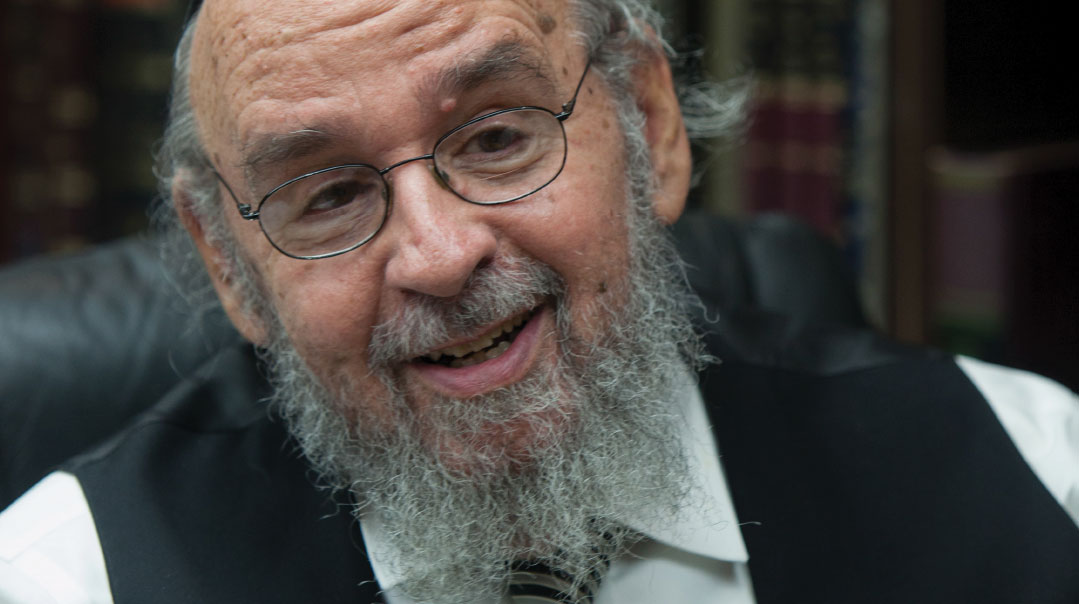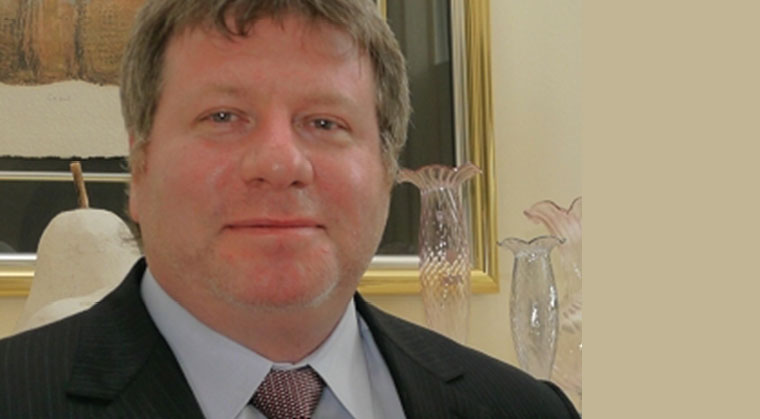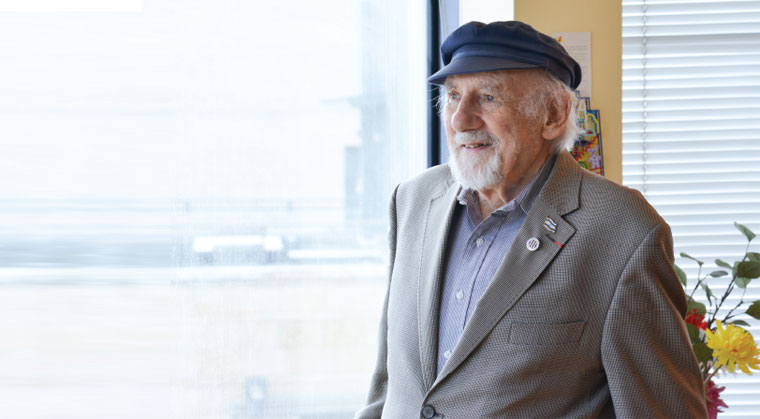Catching Up with Rabbi Avraham Tanzer
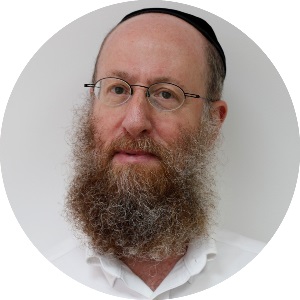
I’m only here because my wife said let’s go. I grew up in Williamsburg and learned at Telz. People from Williamsburg and Telz don’t do Africa
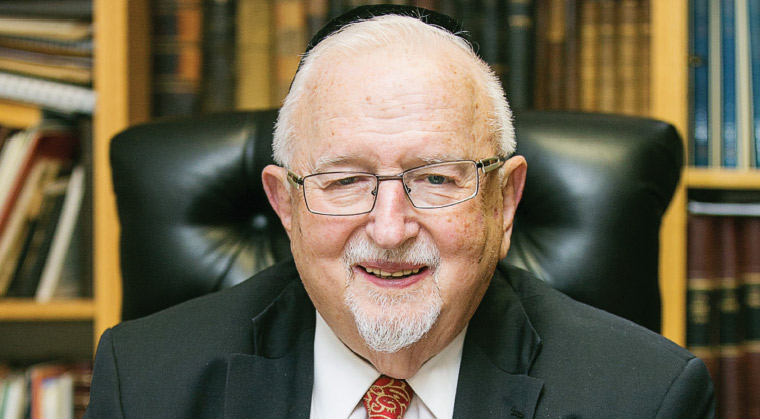
Flashback
Notable among Rabbi Avraham Tanzer’s endearing traits is how he generously shares the credit for a lifetime of accomplishments, retaining just a mere morsel for himself.
That’s one secret of his longevity.
Rabbi Tanzer just marked his 55th year as rosh yeshivah of the Yeshiva College of South Africa in Johannesburg. It wasn’t a stress-free decision to leave kollel life at Cleveland’s Telshe Yeshivah with his wife and three young children — although the Tanzers originally thought this was to be a two-year stint. In 1963, Johannesburg’s Orthodox community was tiny, and the yeshivah, founded in 1953, was South Africa’s only Jewish religious school.
“I’m only here because my wife said let’s go,” Rabbi Tanzer said last week, when we caught up by telephone. “I grew up in Williamsburg and learned at Telz. People from Williamsburg and Telz don’t do Africa.”
I first met Rabbi Tanzer a few weeks before Rosh Hashanah in 2009, when I was one of several writers Mishpacha dispatched to faraway lands. The magazine was preparing a special Succos supplement on kehillos that had stood the test of time, transforming parched spiritual deserts into thriving Jewish oases.
My week in Johannesburg exposed me to myriad facets of a unique community, a paradigm of achdus and derech eretz that would make any Jewish community envious. This, despite all the obvious drawbacks, including relative geographic isolation at the southern tip of the Dark Continent and chronic political and economic turbulence in the transition from a white-minority apartheid government to black-majority rule. Law and order had broken down, and carjackings and house burglaries were the lesser evils in a land whose murder rate zoomed to eight times the world’s average.
At the end of my 2009 article (Follow the Leaders supplement, Mishpacha #278, “Opening Doors with an Open Heart”), I asked Rabbi Tanzer what he thought the future held for him and his community.
“I want to continue seeing the yeshivah grow into a stronger makom Torah,” he said. “I also want it to continue to be a place where those who matriculate will be able to thrive as committed Jews in the larger world.”
Progress Report
Rabbi Tanzer has met his primary goals.
The Yeshiva College (college means high school in South Africa) is a conglomeration of educational institutions from playschool through kollel. Enrollment from playschool through high school is more than 1,000, a 15% increase since my visit.
The growth is measurable in quality, not just quantity.
Between 60% and 80% of each high school graduating class goes to Israel to learn for at least a year. The Yeshiva College added an early morning and evening mesivta program, above and beyond the normal high school schedule.
“We have 178 boys in the high school and 65% of them are part of the mesivta,” Rabbi Tanzer said proudly. “It’s very popular. It’s not just for yechidim.”
A new kollel includes a special program of afternoon and evening sessions for some 40 university students, and there is a new midrashah for women. The kollel also offers 20 shiurim a week to the community, along with daily Daf Yomi and Dirshu Shulchan Aruch programs.
The Shabbos shul Rabbi Tanzer founded, the Glenhazel Area Hebrew Congregation, now has some 750 member families. However, the yeshivah campus boasts seven functioning Shabbos minyanim, each with its own following and run by its own rabbi. These are friendly spin-offs that Rabbi Tanzer nurtured over the years, fortified with the self-confidence that lighting other candles from his own flame would kindle new fires of Torah, and not diminish his own warmth.
Oops! We could not locate your form.

